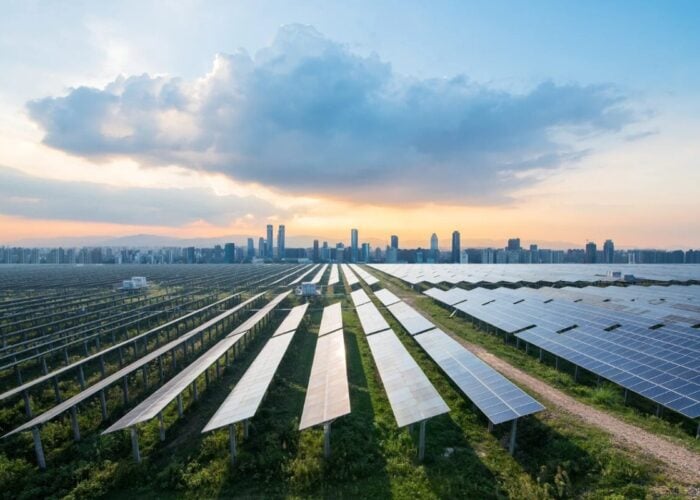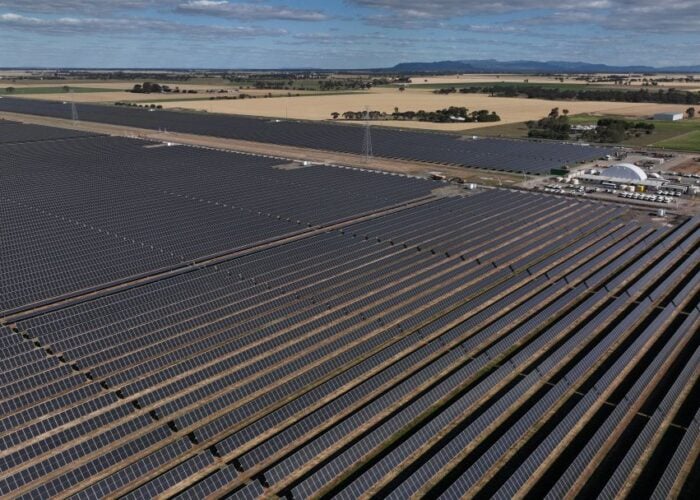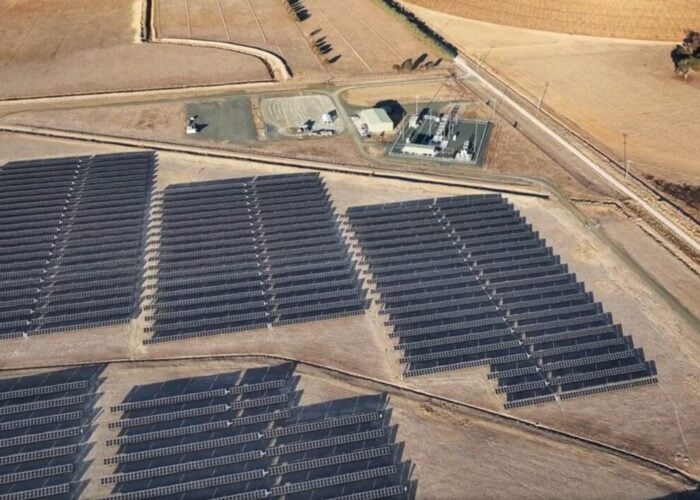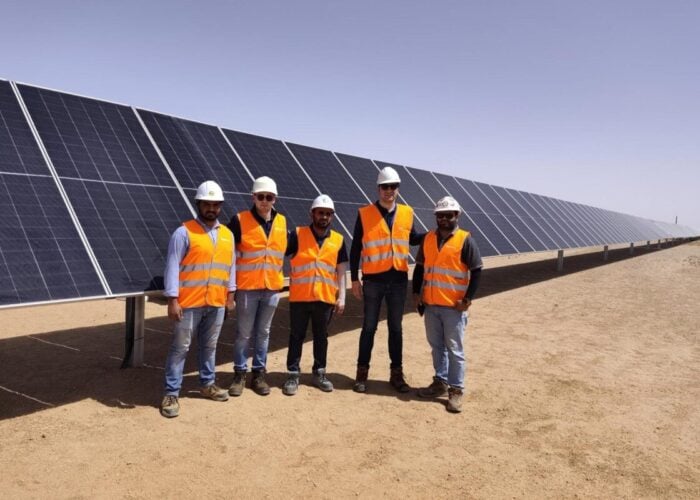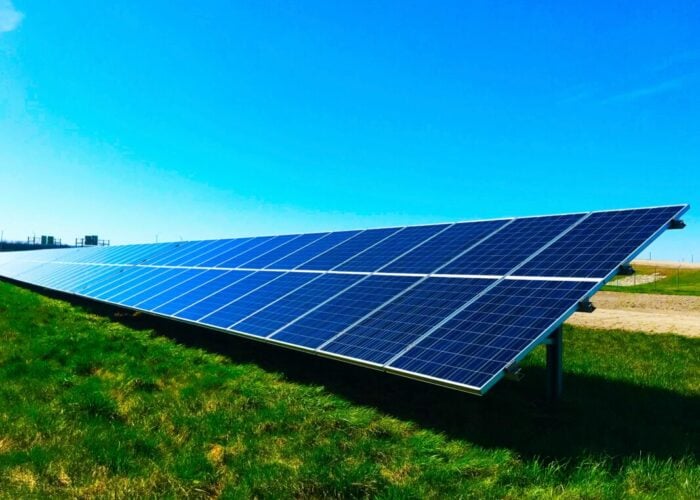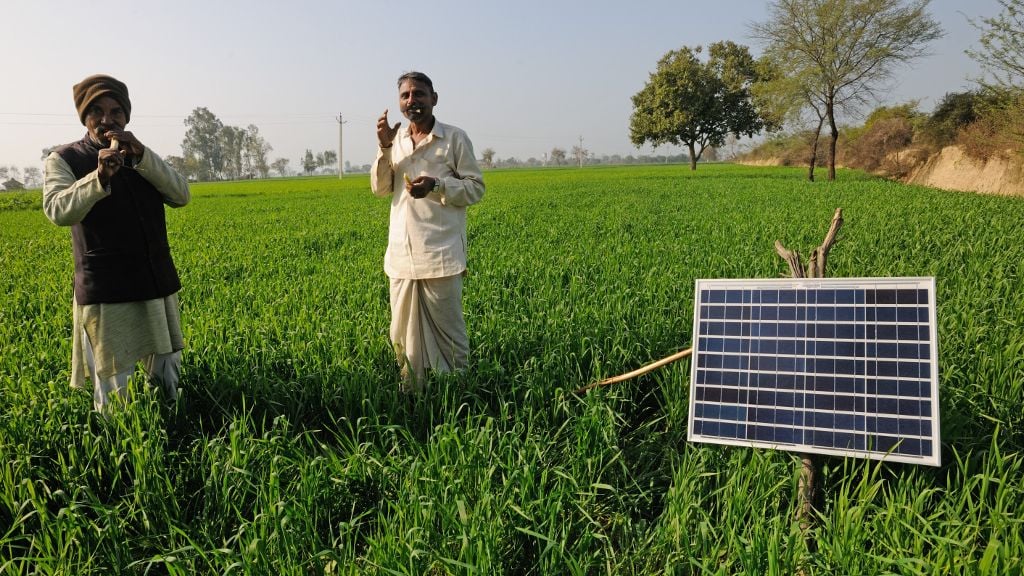
The Saubhagya scheme to bring electricity to every household in India has been launched in the state of Manipur by Minister for Power and New & Renewable Energy, R.K. Singh.
Singh said the Manipur government is performing well in terms of power and that Manipur is the fastest reforming state in the sector.
Try Premium for just $1
- Full premium access for the first month at only $1
- Converts to an annual rate after 30 days unless cancelled
- Cancel anytime during the trial period
Premium Benefits
- Expert industry analysis and interviews
- Digital access to PV Tech Power journal
- Exclusive event discounts
Or get the full Premium subscription right away
Or continue reading this article for free
A total of 175,000 households will be included in the scheme, 162,000 rural homes and 13,000 urban homes.
Singh claimed that the scheme would make electricity affordable for “The poorest of the poor” and promised 24/7 power supply by March 2019. Other government releases have said the Saubhagya scheme should be complete by December 2018.
The minister said that financial assistance had been extended for procuring of transformers and meters and that further support would be given to improve and strengthen the Manipur power sectors’ infrastructure.
Singh said that it is Prime Minister Modi’s vision to provide electricity to every household in the country.
Saubhagya is an INR 163 billion (US$2.5 Billion) project that involves installation of solar, energy storage batteries and LED lighting in energy willing un-electrified household.
The Indian Government will fund 75% of Saubhagya with the additional 25% from respective Discoms, state governments and/or borrowings.
The government has estimated there are 46 million households without electricity and will be primarily targeting 30 million who fall below the poverty line.
Selected households will receive free electricity connections under the scheme and eligible residents will be identified from the Socio and Economic Caste Census (SECC), 2011 data.
Its overall aim is to reduce the use of Kerosene lamps whilst improving quality of life and services as well as to enhance economic, social and educational status.
In 2015 the Indian government similarly launched “24×7 powers for all” program to bring grid-connected electricity to all villages.
As a result, consultancy firm Bridge to India said that Saubhagya is “old wine in new bottle” and that the government’s estimation of 7% demand growth has been overstated and is more likely to be closer to 2%
The Scheme has been criticized as over ambitious and according to official statistics, its implementation could take years rather than months.


